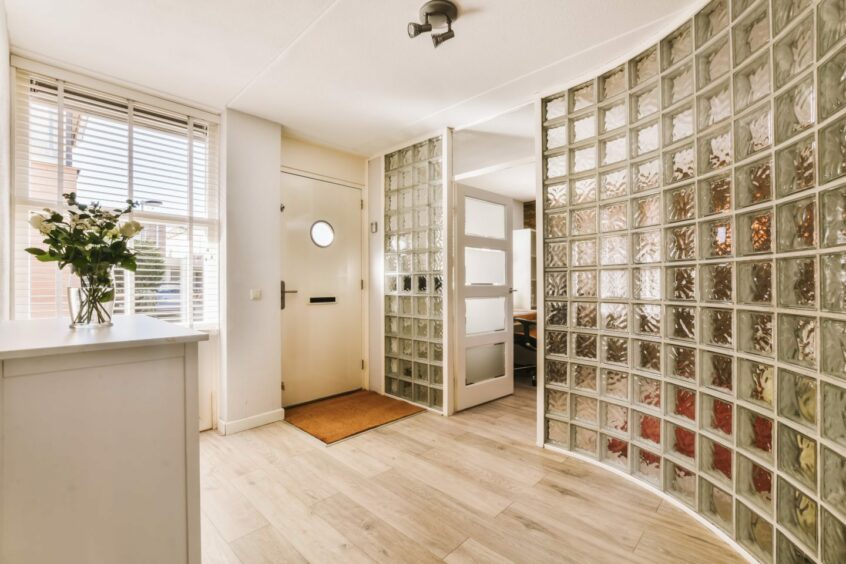Some interiors trends resurface every few years while others stay out of fashion for longer, even forever.
Interior design experts Hovia have researched dated interior design trends that may never return.
Popcorn ceilings
Popcorn ceilings, also called stucco or acoustic ceilings, became popular in the late 1950s and were installed into homes as they weren’t only time and cost effective but also helped absorb sound and cover up imperfections in the ceiling.
Removing stucco or popcorn ceilings is an often-requested job for building professionals.
The popularity of popcorn ceilings has diminished heavily not due to just looking like cottage cheese but also due to safety concerns, as asbestos was a common ingredient.
With the ceiling being so textured it is also very hard to clean and can trap a lot of dust.
Round beds
The round bed first made its appearance in the design scene in the 1960s and has made several high-profile features such as in Austin Powers: International Man of Mystery.
However, there are reasons why that round beds are not a common or practical choice.
There are a few practicalities surrounding round beds such as losing space and although it may be easier to sleep in it as a single person, two people may not find it so comfortable.
Round beds are not common, which pushes up price and rounded mattresses and bedsheets are also difficult to source.
Tile countertops
Ceramic tiles were heavily popular in the 1980s due to being cheap, easy to install and having a lot of choice in colour, size and pattern.
While tile might add texture and visual interest, according to real estate company Long and Foster, many homes still have tile countertops, but they are not commonly installed in the present day.
Some issues that can arise with tile countertops are stains and bacteria, as grout is used to put the tile in place which will absorb liquids and can lead to bacteria growth.
There is also a risk of cracks and breakages and the staining can also lead to the surface being very hard to clean.
Glass block windows
In the 1930s glass block windows were popular and used as partitions around the home to offer privacy whilst still letting in the light, according to Seves Glass Block Inc.
However, by the very early 2000s the trend of glass block windows started to die out.
The appearance of glass block can be outdated, unattractive and unnecessary whilst also having some impractical qualities.
Although the view through a glass block is clouded and neighbours won’t be able to see through in detail, you can still make out outlines which might not be the best addition to a bathroom.
They also don’t allow for ventilation, so if used between the interior and exterior, getting fresh air can be a problem.
Read more…
Check the average house prices and rents in your area with our Housing Market Tracker.







Conversation